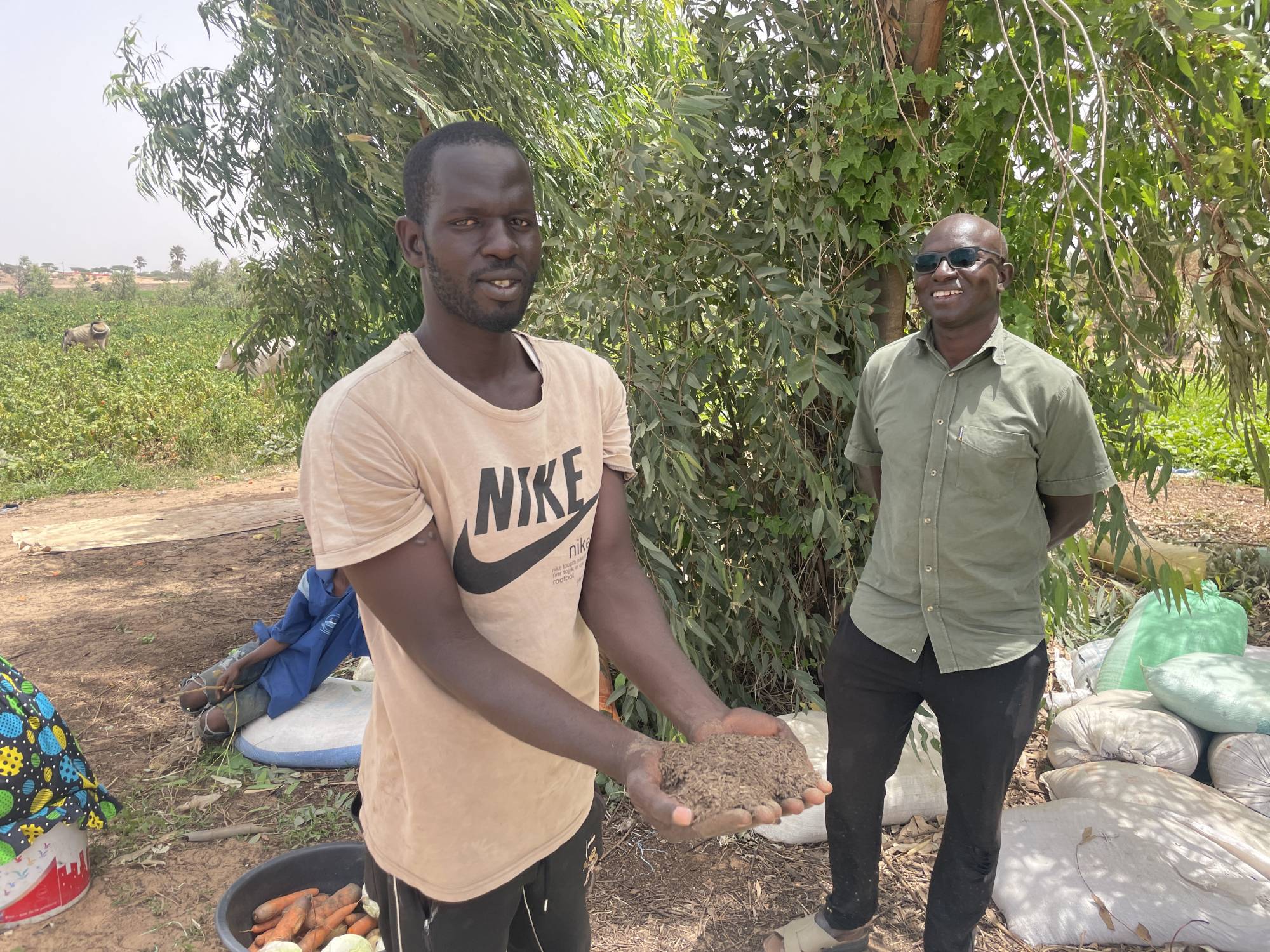Under a lonely grove of trees in a field filled with bushes of bitter yellow eggplant — a Senegalese specialty — farmer Fallou Faye reaches into a sack and presents a crumbling brown material, an unlikely hero in a geopolitical crisis affecting farmers and ordinary people across the globe.
“Before, a sack of fertilizer cost 7,000 francs,” says Faye in Mboro, part of a lush vegetable growing region in eastern Senegal, as a braying donkey protests at the midday heat. “Now it costs 35,000 ($58; ¥8,000).”
Far from Ukraine, West African farmers like Faye are feeling the cascading effects of war there.


















With your current subscription plan you can comment on stories. However, before writing your first comment, please create a display name in the Profile section of your subscriber account page.